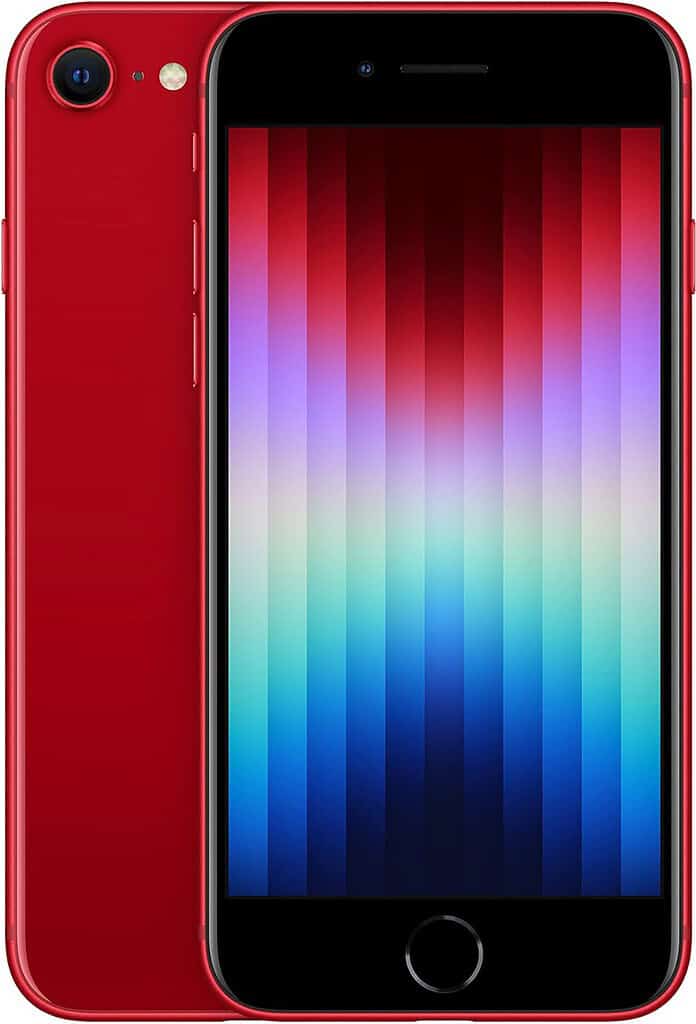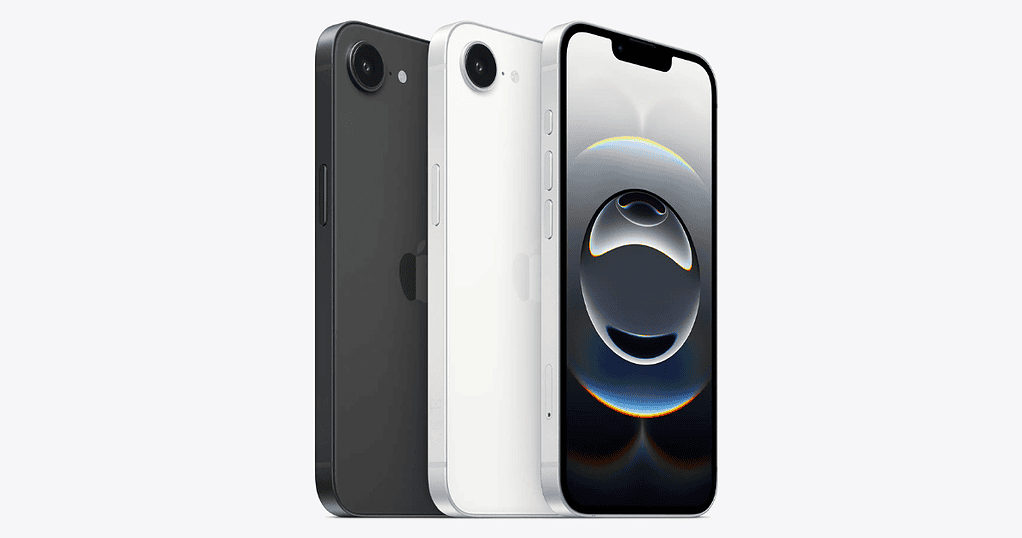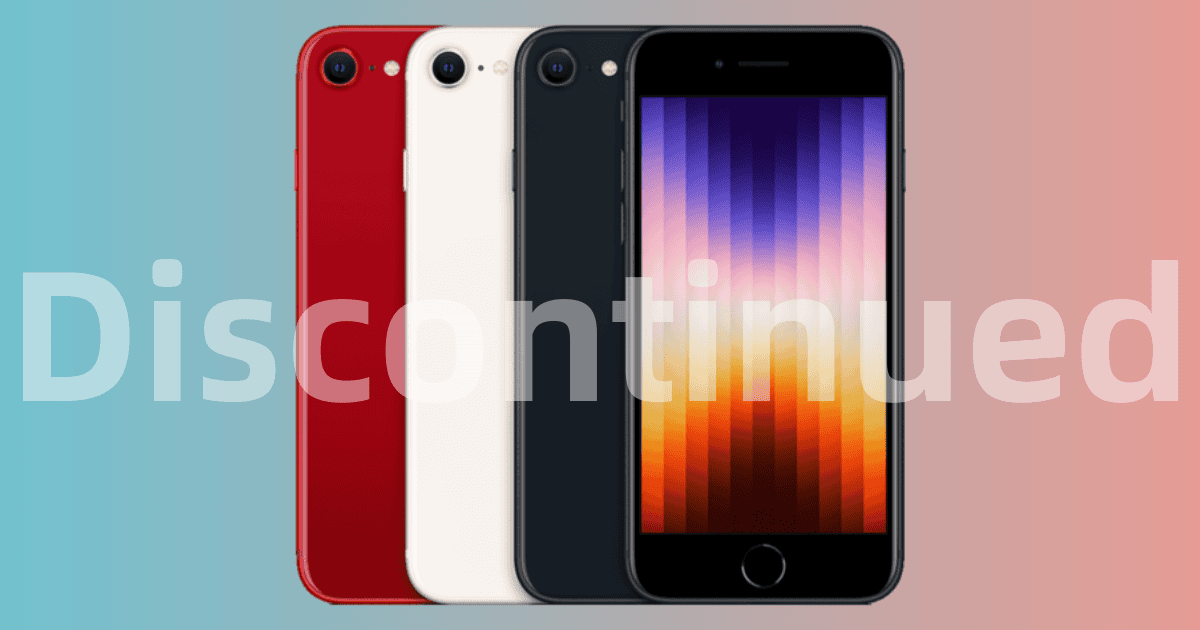With the launch of the iPhone 16e, a cheaper addition to the iPhone 16 lineup, Apple discontinues its popular iPhone SE models. This decision has definitely sparked mixed opinions. Some see it as a smart strategy to offer advanced features at a lower price, while others are left longing for the iPhone SE. Personally, I see this as a disappointment. Here are 5 reasons why Apple made a mistake by discontinuing the iPhone SE.
1. The End of ‘Smaller iPhone’ Nostalgia

In a world where smartphones are getting bigger and bigger, some people prefer a smaller phone with no frilly bits. This is exactly what the iPhone SE offered. It was mainly loved for its compact 4.7-inch screen size. It was just perfect for people with smaller hands or someone who needs the convenience of one-handed use. The SE model delivered the classic iPhone experience while offering great value for money—a combination that made it a favorite for many!
The tech titan launched the iPhone mini models with the iPhone 12 and iPhone 13 series, but they didn’t gain the same popularity as the iPhone SE. As a result, Apple killed the Mini-series with the iPhone 14 lineup.
Now, by discontinuing the iPhone SE lineup, Apple ended the classic “smaller iPhones” era. Now, even the smallest iPhone starts with a big 6.1-inch screen size. With the SE models, Apple could have kept its niche customer base happy for years to come.
2. iPhone SE Was a Hit Amongst Budget-conscious buyers
One of the strongest selling points of the iPhone SE was its affordable price tag. Starting at just $429, the SE models attracted budget-conscious buyers who wanted to access Apple features but couldn’t afford the expensive models.
Seen as the iPhone SE successor, the iPhone 16e comes with a high $599 price tag. Many users believe this pricing doesn’t align with the budget-friendly positioning, especially when compared to the competition. For instance, the Google Pixel 6a offers similar features at a lower price.
As a result, consumers who preferred the iPhone SE for performance and affordability are now left without a comparable option in Apple’s lineup.
3. No Affordable iPhone to Rival Android
Right now, you can find a wide range of Android smartphones priced under $500 that offer impressive features and solid performance. With the iPhone SE, Apple had a direct competitor in this space. It offered an affordable way to enjoy a slice of the Apple ecosystem pie. By discontinuing the iPhone SE, Apple is left with no direct option for consumers seeking high-quality, affordable smartphones. With this gap in the lineup, Apple could lose a lot of people to Android.
4. Impact iPhone Sales in Certain Markets
The iPhone SE was a popular option in markets where affordable smartphones have more demand, like emerging economies or specific demographic groups. By discontinuing the iPhone SE, Apple risks losing its presence in these markets, leaving room for Android smartphone makers to fill the gap. As a result, iPhone sales could be impacted in price-sensitive markets where cost plays a major role in buying decisions.
5. iPhone SE Had a Perfect Market Fit—iPhone 16e Doesn’t

We just can’t ignore the fact that the iPhone SE had a perfect market fit. It was a go-to option for budget-friendly users who crave Apple experience without breaking the bank. Beyond that, Apple’s mid-ranger became a good value option for children and elderly people. After all, it’s a simple yet powerful device with a smaller size and an easy-breezy interface. It also made a great choice for first-time Apple users, providing all the essentials you would expect from a $429 smartphone.
On the flip side, I don’t know who the iPhone 16e is for. It comes with a hefty $599 price tag, but it doesn’t quite offer all the essentials to justify the premium. The iPhone 16e has a bigger 6.1-inch display and Apple Intelligence (which most users don’t want) but lacks Dynamic Island and much-need MagSafe support.
Despite being the latest model, it’s missing a crucial feature—the ultra-wideband chip, which aids in Precision Finding. It’s a feature that lets you track Apple accessories and find the location of other iPhones. For context, the iPhone 11 and later models come with this technology.
But that’s not all. iPhone 16e doesn’t have an ultra-wide camera. Who would want to spend $599 and still be stuck with a single camera lens? Sure, the iPhone SE had a single camera, but we got it three years ago, that too at a much more affordable $429 price tag. This could be a part of Apple’s strategy to lower the cost, but the iPhone 16e isn’t the most economical iPhone either.
What’s your take on Apple’s move? Don’t forget to share your thoughts in the comments below.
